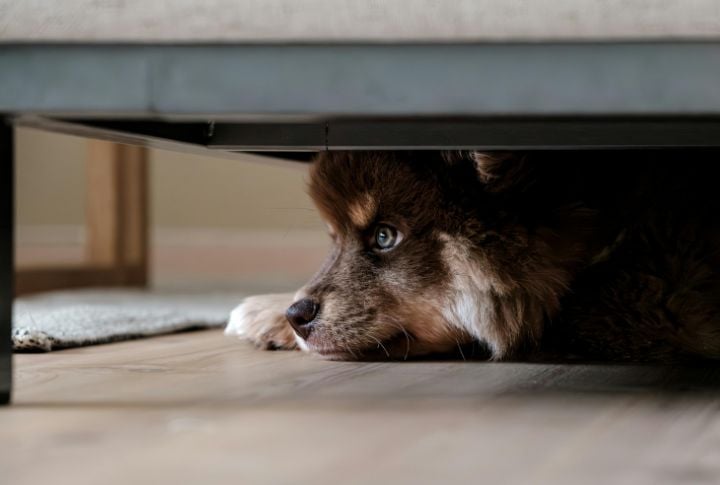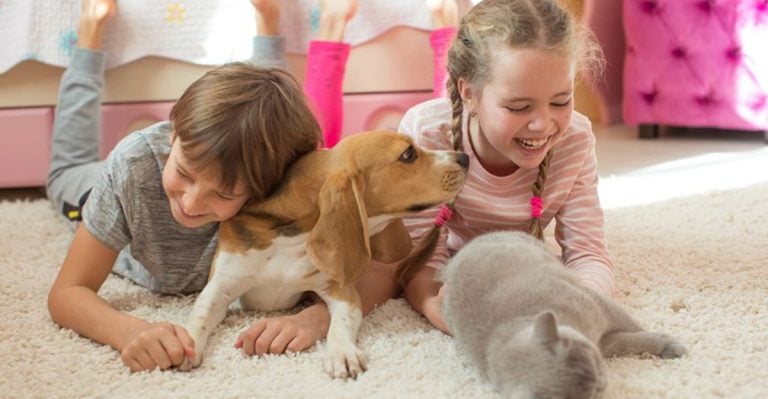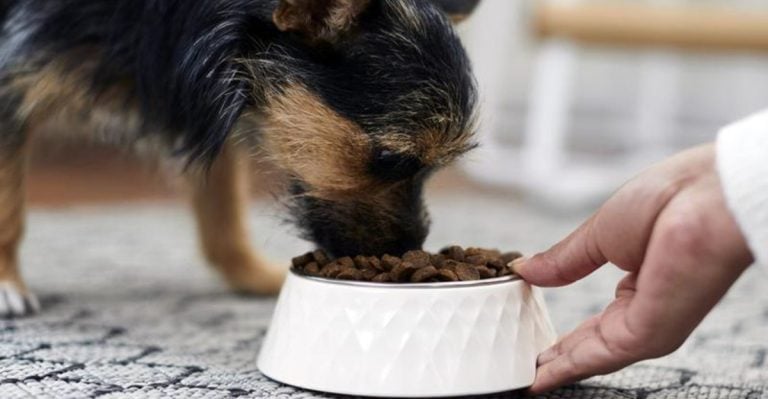Triggers That Make Dogs Snap & Fixes That Actually Work

Ever wonder what makes your dog go from zero to “snapping” in a split second? It’s not always about bad behavior, as sometimes it’s just a misunderstood cue. Don’t worry, you’re not alone in the struggle. Let’s look at eight things that can trigger your pup and seven fixes that actually help calm the storm.
Trigger: Fear Of Loud Noises

Loud noises, like thunderstorms, fireworks, or even a sudden shout, can send dogs into panic mode. The unpredictability and intensity of the sound overwhelm them, triggering a fight-or-flight response. Hence, some dogs may try to hide, whereas some will snap in cases of extreme fearful conditions.
Fix: Positive Reinforcement Training

Positive reinforcement is a key method in changing dog behavior. Rewarding your dog for calm behavior helps them associate positive actions with pleasant outcomes. Use treats, praise, or toys to reward desirable behaviors.
Trigger: Unpredictable Movements

Dogs rely on predictable cues to feel safe, and sudden, erratic movements can unsettle them. Quick or unexpected actions—like a person lunging toward them or even a sudden grab—can trigger anxiety. In response, dogs may snap out of fear, feeling cornered.
Fix: Desensitization To Triggering Situations

Desensitizing your dog to triggers can significantly reduce aggressive reactions. Start small and gradually increase exposure to the trigger in a controlled environment. By associating the trigger with calm behavior, you can help your dog learn a bit to manage their responses.
Trigger: Territorial Behavior

Dogs are protective of their space. When they perceive a threat to their territory, they may react aggressively to assert dominance and defend their area. This often includes snapping at intruders, whether people, other animals, or unfamiliar objects.
Fix: Health Check-ups To Rule Out Pain

Always rule out pain as a cause of aggression by scheduling regular health check-ups with your vet. Medical conditions, like arthritis or dental issues, can cause your dog to snap unexpectedly. By addressing any physical discomfort, you ensure that pain is not contributing to their snapping behavior.
Trigger: Pain Or Illness

Sudden aggression masks something deeper—pain. When a normally calm pup growls or snaps out of nowhere, an underlying injury or illness may be to blame. Dogs lash out to protect vulnerable areas or signal distress, especially when touched or startled during discomfort.
Fix: Establishing Consistent Routines

Dogs thrive on routine. Consistency in feeding, walking, and training schedules helps your dog understand what to expect. This reduces anxiety and frustration, which can lead to snapping. Stick to a daily routine to help them feel secure and reduce the likelihood of unwanted behavior.
Trigger: Resource Guarding

Possession can turn tense fast. Resource guarding is driven by instinct. Some dogs give clear warnings like growling or a hard stare; others skip straight to snapping. The closer you get, the more their anxiety builds, especially if they’ve learned that guarding works to keep others away.
Fix: Regular Mental And Physical Exercise

Keeping your dog active mentally and physically can help burn off extra energy, which might otherwise manifest as aggression. Regular exercise, interactive toys, and training sessions can help tire out your dog and keep them calm. A drained-out dog is less likely to snap due to frustration.
Trigger: Inconsistent Training

Unclear rules disrupt a dog’s sense of structure. Commands that change, boundaries that shift, and unpredictable consequences lead to confusion. That confusion builds into frustration, and a dog stuck in this cycle may snap out of sheer anxiety, not defiance.
Fix: Creating Safe Spaces

A safe space is vital for a dog that feels overwhelmed. Provide an area in your house where your pet can chill when they need a break, such as a crate or a quiet room. This gives them a sense of control and a retreat when they feel stressed.
Trigger: Overstimulation From Excitement

Excitement can quickly turn into overstimulation. In their eagerness to engage, they may snap unintentionally as they become too worked up. The lack of control in such moments can trigger aggressive behavior, particularly if their excitement is not managed.
Fix: Building Trust With Gradual Exposure

Building trust is essential in reducing snapping behavior. Gradual exposure to feared situations—done slowly and positively—helps your dog build confidence. Start with less intimidating situations. Over time, your pet will be capable of trusting you and responding more calmly in challenging environments.
Trigger: Sudden Changes In Environment

Dogs are creatures of habit, and a change in their surroundings can cause them to feel disoriented and stressed. Whether it’s a new home or a different routine, make these transitions gradually. So, give your dog time to adjust.






